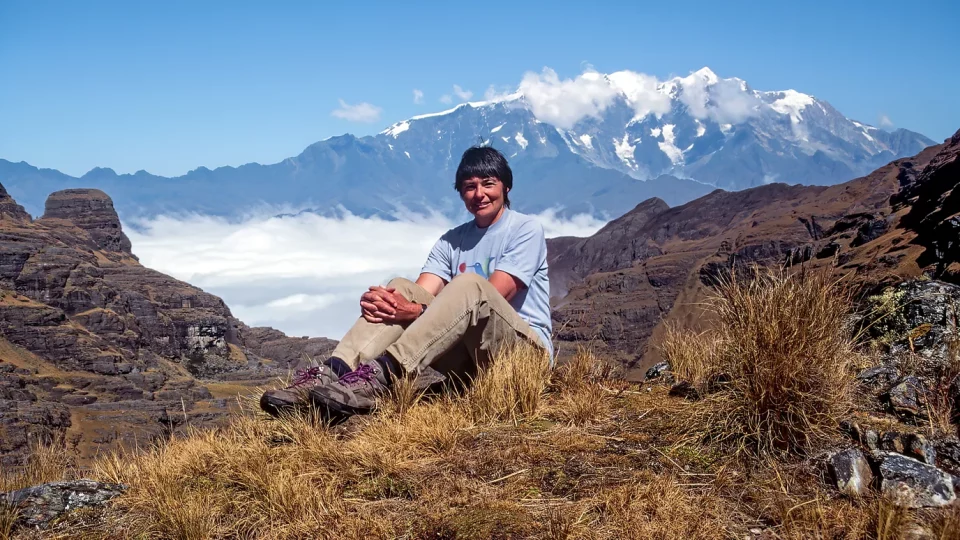In 1973, Hilary Bradt and her then-husband George were two young backpackers chasing a rumour they had heard near the border of Ecuador and Peru: that somewhere, deep in the Peruvian Andes, a hidden trail starting in the ancient Inca capital of Cusco led to Machu Picchu.
After countless days getting lost and hacking their way through the thicket, the couple eventually trekked its entirety before hopping aboard a river barge in the Amazon to scribble a detailed account of the route.
These handwritten notes became the first-ever published description of travelling the full Inca Trail in English, and the start of Bradt Guides, the world’s largest independently owned guidebook company, which is celebrating its 50th anniversary in 2024.
When George abruptly left the company (and the marriage) in 1980, Bradt could have returned home to England to continue her previous career as an occupational therapist.
Instead, she ploughed ahead without him, publishing guides to destinations where no guidebook previously existed, like Uganda, Yugoslavia, North Korea, Eritrea and Madagascar.
Her work effectively introduced dozens of previously off-the-beaten-path destinations to the masses, and led Queen Elizabeth to honour her as a Member of the Order of the British Empire in 2008 for her commitment to tourism and charity.
From hitchhiking across the Middle East for three months to getting arrested in Tanzania after being suspected of spying, Bradt recounts many of her adventures on the road in her forthcoming book, Taking the Risk.
In an interview with BBC, she talks about why she’s always been drawn to underrepresented destinations, the long-term effect of helping to popularise “bucket-list” destinations and how travel has changed in the past half century – especially for women.
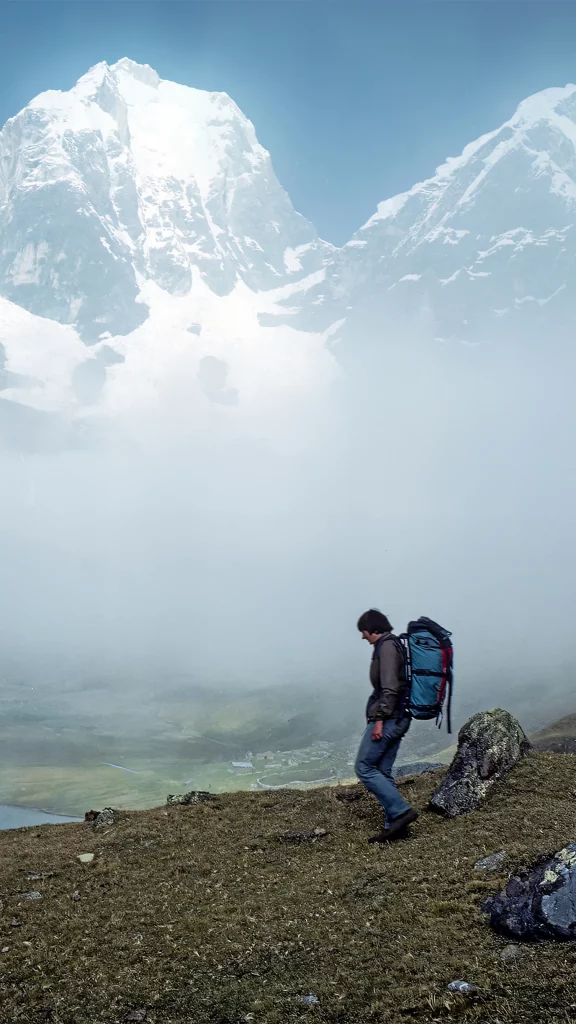
What led you and George to launch Bradt Guides in 1974?
Launch was almost the wrong word. We wrote our first guide in 1973 on a river barge in Bolivia on a tributary of the Amazon.
It was called Backpacking Along Ancient Ways in Peru and Bolivia and we had it printed by George’s mother in Boston in 1974, but you honestly couldn’t call it [a] “launch”. It was sold in America and Britain, and we weren’t there – we were still travelling [around South America].
When we arrived back in Britain, we had £680 in our bank account. A well-known British publisher – the only one of guidebooks at that time – said that he would publish a Peru mainstream guide [of ours] but we didn’t have to go back [to Peru]; we could just get some brochures and do it based on that.
We were so shocked and said, if this was publishing, we were going to do it ourselves. That was really the launch.
Ever since that first book 50 years ago, Bradt has been famous for covering these rather “remote” destinations. What guides are you most proud of?
The most significant one was Rwanda, because the author of the first edition book had a friend who had died in the genocide. She went to find his family, succeeded in finding them and just fell in love with the country. She wrote the guidebook [in 1998] only four years after the genocide.
The country was just so horrified at what had happened and the people who ran the country didn’t think that tourists would come back. But Janice [Booth], the author, really got things going [by getting] tour operators interested.It sounds arrogant, but this really did help set the country on its feet. The president of Rwanda asked to meet her. It was wonderful.
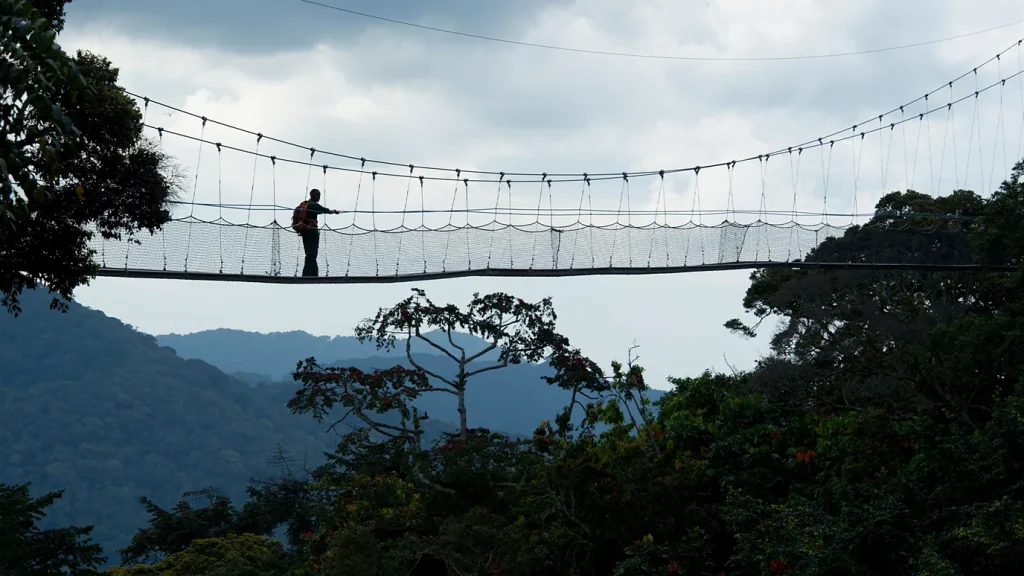
That was a significant one, but we wrote the first guide to Vietnam. We were the first guide to Mozambique. About 50% of the guides that we now publish, we were the first to cover that destination.
Albania, too, which was a fun one, too. For the first Albania [guide], it was still a communist country, so you could only go there with an organised tour – a bit like North Korea. (We were also the first to do North Korea, and Iraq and Iran.) But Albania has been a great success. Only a few hundred people bought the first edition, and then a few thousand the second and so on. It’s a gradual increase with these “unusual” places.
What is it that compelled you and George to seek out these underrepresented destinations when you knew that there were so many more tourists in the 1970s and ’80s going to places like Italy, Spain and France?
I will say, that was the pioneering part, and that was me. It was after George and I split. It was only once I was running the company on my own [that I thought] what’s the point of doing yet another guide to France or Italy or Thailand when they already existed?
And actually, when you’re a small publisher, it’s hard to compete with the big boys. So, it was partly common sense, you know: if you do a new country, people have to buy it if they want to go there. Whereas, if you do the familiar ones, you have to dress it up and have colour photos and gloss and all this stuff I didn’t really want to do.
Are these destinations you’ve covered places that you yourself were interested in?
Sometimes I took the initiative, but usually someone would write to us and say, “You haven’t got a guide to Vietnam, the war is behind us – it was only two years behind us [when we published our first Vietnam guide] – I’ve been there and I love the culture.”
[Our authors] have to love the country. People who are pitching [guidebooks to us] have to really be passionate about the culture. So, it was driven by passion, I suppose, and enthusiasm.
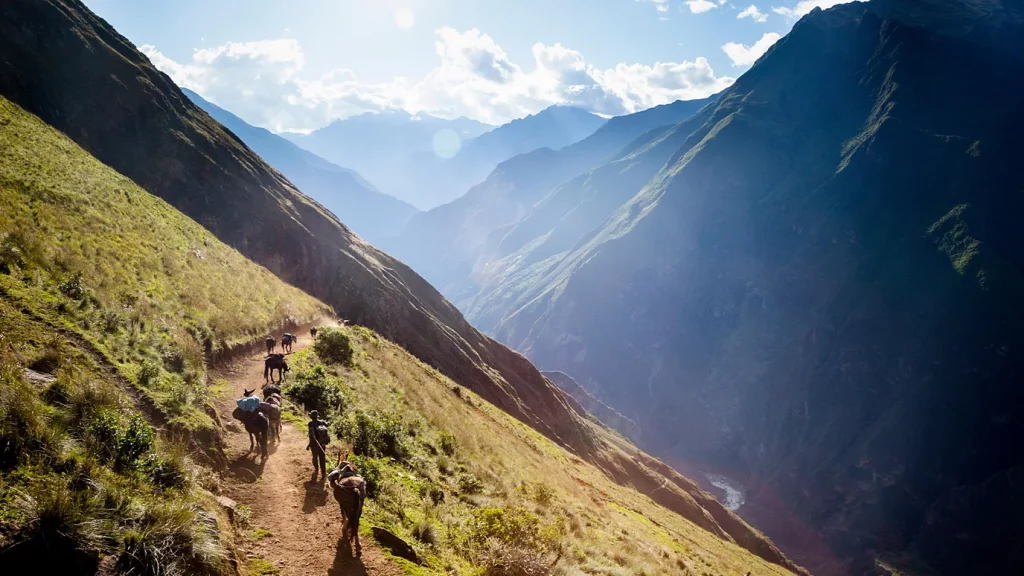
You have been a pioneer in helping lure travellers to new destinations – and perhaps nowhere is that more true than Machu Picchu and the Inca Trail, which are now bucket-list experiences. How do you feel about popularising places that were previously only known to locals?
Well, it’s a good question, and one I’m quite often asked: “Do you mind ruining these places?”, which is a fairly extreme view. After 50 years, I’m proud of the Inca Trail and some of the other trails that we put on the map.
I’ve become quite cautious, as a publisher and as a writer, of publicising places with a vulnerable population of [Indigenous] people because it’s [all] so easily damaged. I led trips to Peru for 15 years in total and I saw the difference that careless tourism makes.
We’ve always talked about responsible tourism, and particularly how it’s best to interact with local populations – you know, interact with them; don’t just give them things. So many [Indigenous societies] are based on reciprocity and I think that’s an important message. But, wildlife, I believe, benefits from all tourism. My favourite country, Madagascar, which I’ve written about a lot, is benefiting from tourists coming to see the lemurs and other wildlife.
Because tourists want to go to there, national parks have been created and special reserves and protected areas. So, I make a division between people who can be affected very quickly by tourism, and wildlife, which usually benefits.
You hitchhiked across the Middle East for three months when you were in your early 20s and have never stopped. Why do you love hitchhiking so much?
That experience was pretty decisive in sparking a love of adventure for me, and I still hitchhike. I hitchhiked last year when I was 82. It is the most wonderful way of meeting people. Hitchhiking in America with George was some of our best experiences, because people are so kind and interesting and generous – and, yes, bad things can happen, but they’ve never happened to me.
The Middle East experience taught us how to cope with lecherous men, but it was a great life experience that taught me how to deal with all sorts of unexpected situations.
Last year I hitchhiked again in Germany after walking seven miles. The rest of the trail was another five or so and I thought, I just can’t do that. I don’t know if the car that stopped noticed how old I was or not, but a lovely man took me right to my guesthouse and I thought, right, this still works, I still love it, I still believe in it.
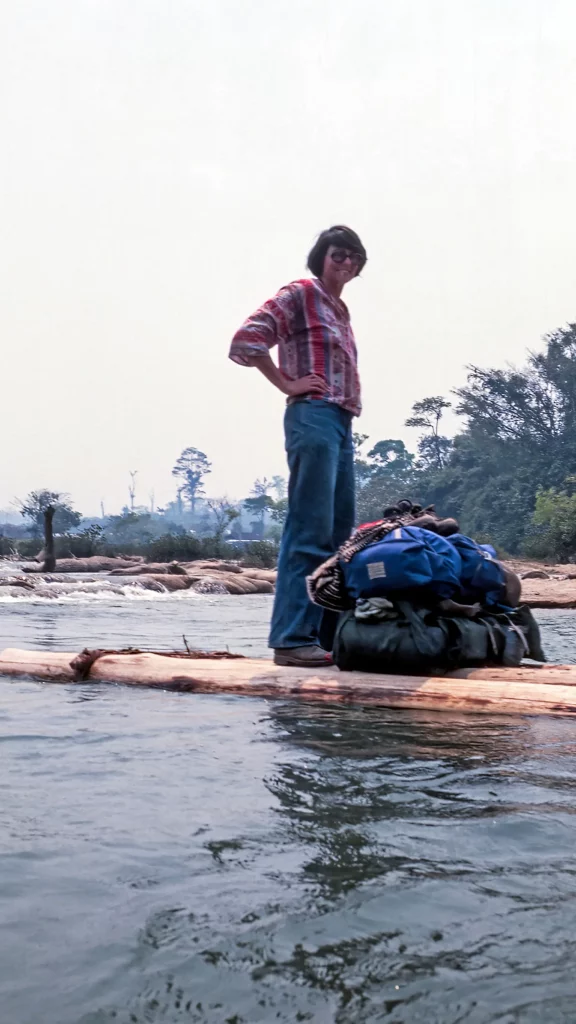
How has travel changed in the past 50 years?
Oh, a heck of a lot. The internet is the obvious thing, and it’s interesting: about four or five years ago, there was a hoo-ha in all the publishing press about “the end of guidebook”. Everyone is getting their information from the internet so who needs guidebooks? Travel guides were really vulnerable. We never really had that problem because we focus guides to places you couldn’t get information on the internet.
We now have more than 200 guides and probably half of what we’ve published, you [still] can’t really get that sort of information on the internet – like [detailed information about travelling to] North Korea. So, in a way, this theory that I had right from the beginning – that opening up new destinations is more valuable than trying to seek a profit by hanging on the coat strings of something that’s already been published – worked out to our benefit.
I had no way of knowing that, of course, but we can now afford to publish more mainstream books, like Sri Lanka.
Also, cheap airfares. When I first went to the States in 1964, I went by boat because you couldn’t fly cheaply. And once I was there, I couldn’t afford to go home. So, it’s all so different. You wouldn’t dream of taking a holiday in America or the Arctic or Antarctica in the ’70s and ’80s. They were quite beyond reach. The world has got smaller and the tourists have got fussier – which means we have to do better books because they can get their information elsewhere.
What role do you think you and the company have played in inspiring people to be more curious about different parts of the world?
If I’d been somewhere or wanted to go somewhere, I wanted to share that enthusiasm. Because of that, it’s taken us 50 years to get known, and it was my fault we weren’t rich at the beginning.
In 1983 we did a guide to America because cheaper trans-Atlantic flights had just started, and that was an absolutely seminal moment. If we had then decided to do a mainstream guide to America, we would have been the first, we would have been incredibly rich and you wouldn’t be interviewing me in this cluttered room. But we decided to do a hiking guide to America because that’s what we did.
Likewise, if we’d done a mainstream guide to Peru, we would have done very well. So, we were stubborn in sticking to our own interests.
That has meant that we didn’t make the sort of money our better-funded competitors made, but we survived, we’re still independent and we’re now the biggest independent publisher in the world.
What advice do you have for female travellers today?
Take the risk. The best advice is “feel the fear and do it anyway”. Of course, we’re all nervous, I’m always nervous before travelling – I hate the airport, I worry about forgetting something. I’m not so much worried about physical dangers but social dangers. But you do it; your passion has to be stronger than the fear.
After 50 years, what do you consider your greatest accomplishment as a guidebook publisher and writer?
Just keeping going.I mean, George left me abruptly soI found myself unexpectedly on my own. I could have given up. I was an occupational therapist in a former life and, we didn’t have many books then, so I could have just gone back to being an OT. But my greatest accomplishment is doggedness and perseverance. I’m lucky I have a passion for what I do and that I like taking risks, which is really important.


